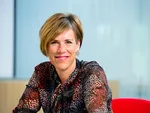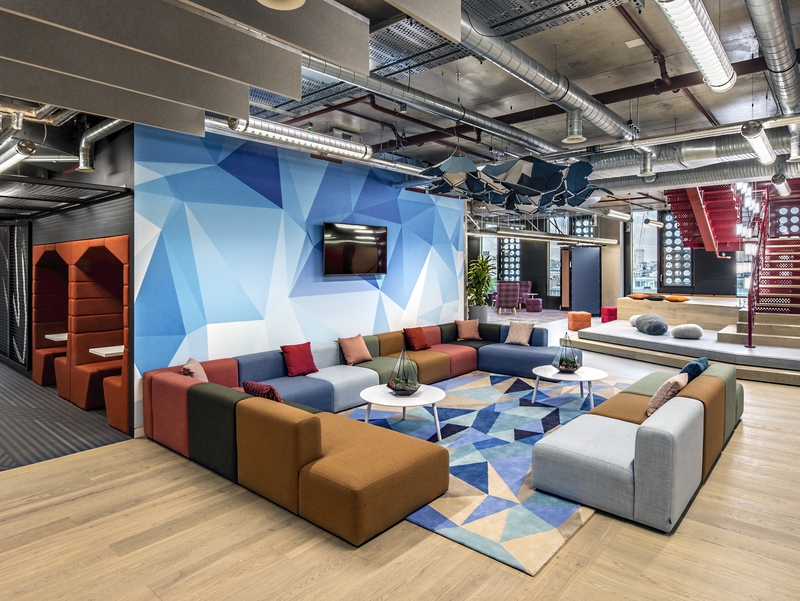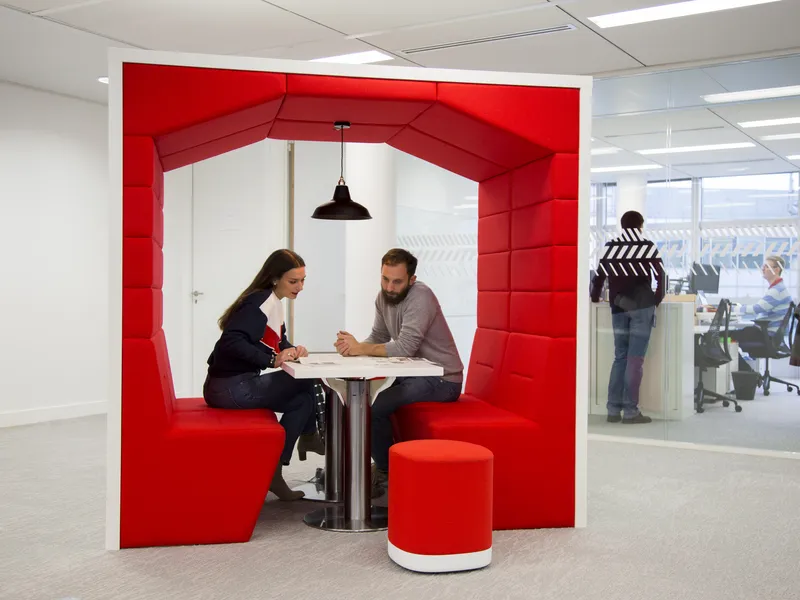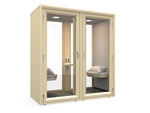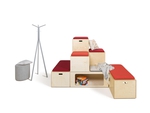12 Apr 2018
Industry Trends
Concluding our series of blogs exploring our top 8 workplace trends for 2018, here’s the last of our trends: the multi-generational workforce.
In our previous blog, we looked at how workforces are growing more diverse. They have also come to encompass more generations than ever before. With many older employees deferring their retirements past 65, and many young people taking jobs straight out of school, we now, for the first time in history, have four distinct generations working together. In fact, given that some members of Generation Z are now old enough to work, some companies are already employing a quin-generational workforce. So what are the five generations, and how are they generally characterised?

Veterans, born before 1945
Veterans believe in the idea of a job for life. They value fiscal security, sacrifice and hard work, hence many are continuing to work after reaching retirement age. Veterans take much satisfaction in a job well done. They’re very loyal, but expect that loyalty to be reciprocated – so it’s important to let them know that you value their wisdom and experience
Baby Boomers, 1946-60
Boomers value personal growth and gratification. However their jobs are also very important for them, to the extent that they’re often described as workaholics. And while they’re loyal to their careers first of all, they’re happy to remain within a good company that they can grow alongside – if provided with the right opportunities and chances to develop, Boomers will flourish.
Generation X, 1961-80
Generation X is, perhaps unfairly, often characterised as more jaded and sceptical than those that came before and after. Many view work as just a job, and while they have a lot of loyalty to their professions, it may not necessarily extend to their employers. A healthy work/life balance is very important for them, and they work best within a structure that’s supporting but not constricting.
Generation Y, better known as Millennials, 1981-2000
Millennials like to be creative, to express themselves, and to have a wide variety of experiences. They’re confident, used to multi-tasking, and incredibly tech savvy. They’re also always on the lookout for what's next. Millennials change jobs, and sometimes even professions, more frequently than previous generations, and perform best when provided with the freedom and flexibility that they value so highly.
Generation Z, 2000 onwards
Generation Z is very optimistic, and the first generation to have lived their entire lives in a digital world – they’re true digital natives and they, more than anyone, represent the future of the workforce. However, as they’re only just coming into adulthood, it’s probably too early to judge what they’re really like as a generation. Only time will tell.
How to Work Harmoniously Together
Needless to say, it can be challenging to have so many different generations working together. Not only will each have had very different experiences, they also prefer to communicate in different ways: face-to-face conversation, emailing, texting, messaging, video-calling and so on. But it’s very important that they do communicate, because each generation has a lot to teach the other. For instance, young people are often the most up-to-date with many of the new trends we’ve explored in this series – like artificial intelligence, mixed reality, the fourth space, mindfulness, and diversity – because these are all closely related to the society they’ve grown up in. On the other hand, they have just as much (and probably much more) to learn from those with greater experience of work and of life.
Each generation has its own strengths and weaknesses, and managers that understand these will be able to create harmonious workplaces that are happy, creative and productive – after all, a thriving business needs as many different skills and perspectives as possible. Furthermore, it’s also important to provide multipurpose, agile offices offering a variety of different spaces for employees to use.
But lastly, as you may have noticed, many of the qualities cherished by one generation in particular – a healthy work-life balance, a sense of wellbeing, an attractive, nourishing office environment, good opportunities to develop – are actually highly beneficial to every generation in the workplace. For all our differences, we’re also very similar at heart.
Share this article




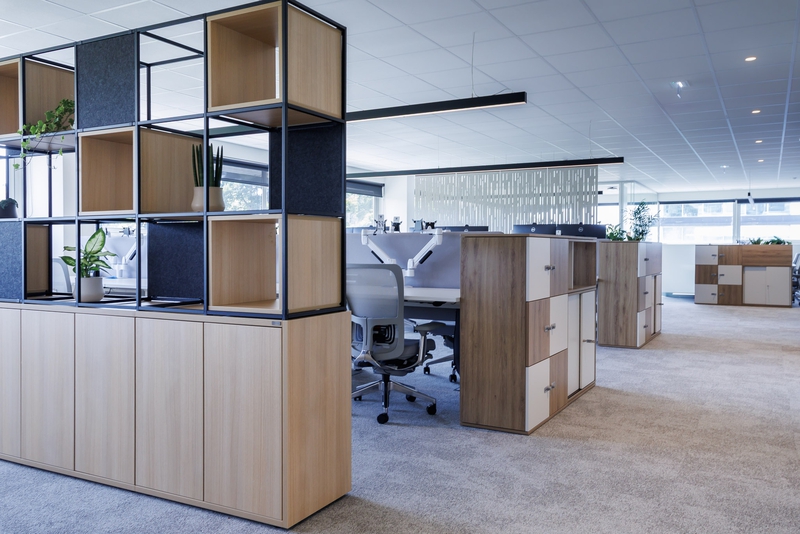





_big.jpg)





